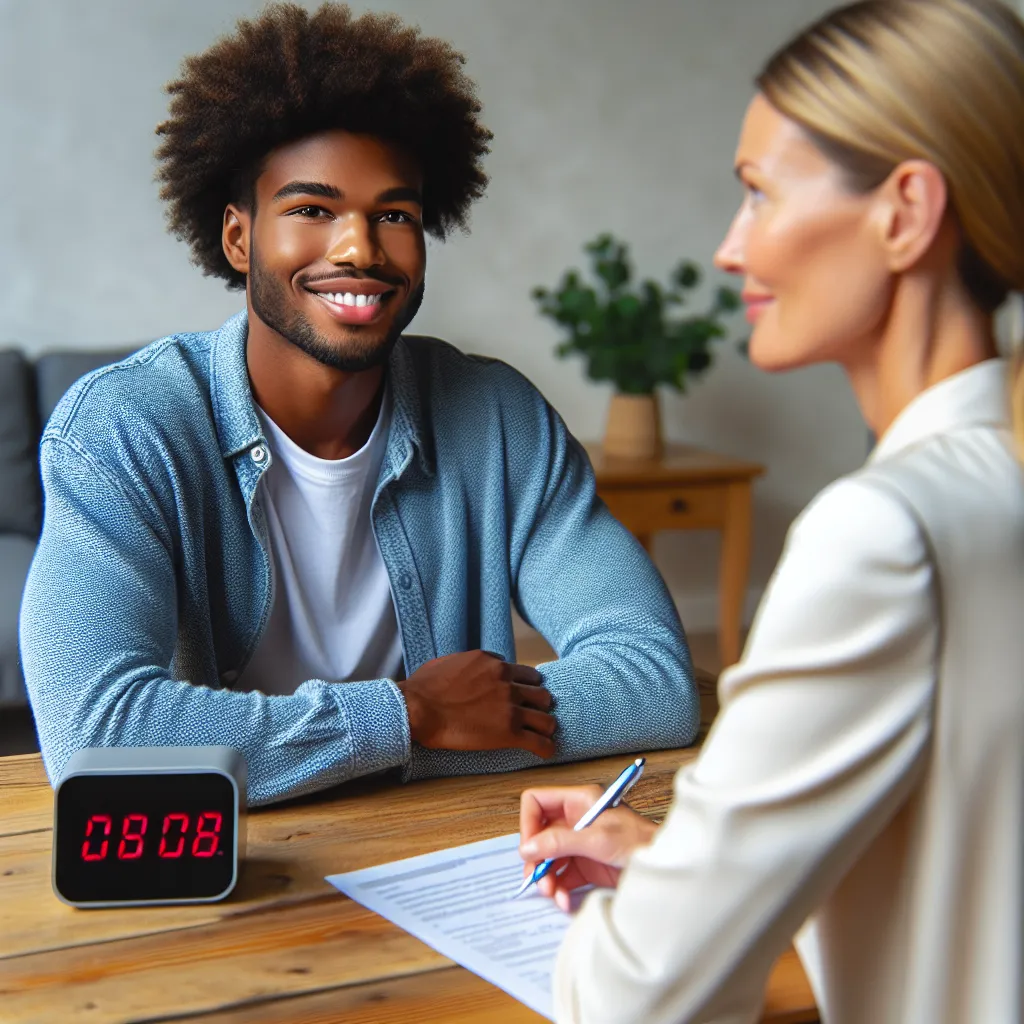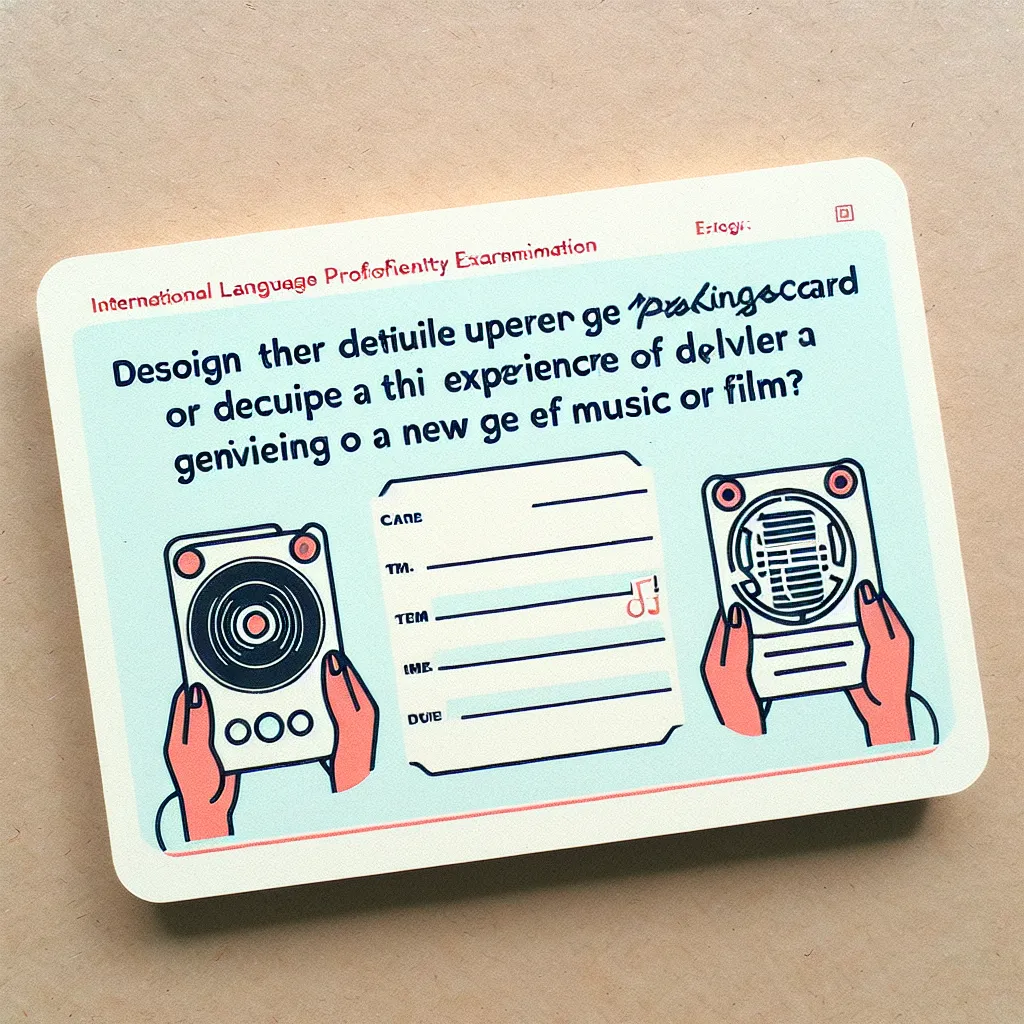The IELTS Speaking test often includes questions about travel and places you’d like to visit, especially in light of recent global events. One common topic is describing a place you want to visit when travel restrictions are lifted. This article will provide you with valuable tips and sample answers to help you excel in this part of the IELTS Speaking test.
Nội dung bài viết
Understanding the IELTS Speaking Test Structure
Before we dive into the specific topic, let’s briefly review the structure of the IELTS Speaking test:
- Part 1: Introduction and Interview (4-5 minutes)
- Part 2: Individual Long Turn (3-4 minutes)
- Part 3: Two-way Discussion (4-5 minutes)
Now, let’s explore how to tackle questions about a place you want to visit post-pandemic in each part of the test.
Part 1: Introduction and Interview
In this section, the examiner may ask you some general questions about travel and your preferences. Here are some possible questions and sample answers:
-
Do you like to travel?
Sample answer (Band 7-8): “Absolutely, I’m quite passionate about traveling. I find it incredibly enriching to experience different cultures and landscapes. It really broadens my horizons and gives me a fresh perspective on life.”
-
What kind of places do you like to visit?
Sample answer (Band 8-9): “I’m particularly drawn to destinations with rich historical significance. There’s something captivating about walking through ancient streets and immersing myself in the stories of past civilizations. I also have a penchant for places with diverse natural beauty, from majestic mountains to pristine beaches.”
-
How has the pandemic affected your travel plans?
Sample answer (Band 7-8): “The pandemic has significantly impacted my travel plans. I had to postpone a trip to Japan that I’d been looking forward to for months. It’s been frustrating, but I understand the necessity of these restrictions for public health. I’ve been using this time to research and plan future trips more thoroughly.”
 IELTS Speaking Test
IELTS Speaking Test
Part 2: Individual Long Turn
In this section, you’ll be given a cue card with a topic and some bullet points. Here’s a sample cue card related to our theme:
Describe a place you want to visit when travel restrictions are lifted.
You should say:
- Where it is
- Why you want to go there
- What you would like to do there
- And explain how you think this trip will be different from trips you took before the pandemic
Sample Answer (Band 6-7):
“The place I’d really like to visit when travel restrictions are lifted is Kyoto, Japan. I’ve always been fascinated by Japanese culture, and Kyoto seems like the perfect place to experience it firsthand.
I want to go there because it’s known for its beautiful temples, traditional gardens, and historic districts. I’ve seen so many stunning photos of Kyoto, especially during cherry blossom season, and I’d love to see it with my own eyes.
When I’m there, I’d like to visit some of the famous temples like Kinkaku-ji, the Golden Pavilion. I also want to try authentic Japanese cuisine, maybe take a cooking class, and experience a traditional tea ceremony.
I think this trip will be different from my previous travels because I’ll probably be more cautious about health and safety measures. I might need to wear a mask in certain places or book activities in advance to avoid crowds. But I also think I’ll appreciate the opportunity to travel even more after being unable to for so long. I’ll probably take more time to really soak in the experiences and not rush through things.”
Sample Answer (Band 8-9):
“The destination that’s at the top of my post-pandemic travel list is the ancient city of Kyoto, Japan. This former imperial capital has long captivated my imagination with its harmonious blend of traditional culture and modern innovation.
My desire to visit Kyoto stems from its unparalleled cultural significance and breathtaking aesthetics. The city is home to an astounding 17 UNESCO World Heritage sites, each offering a unique glimpse into Japan’s rich history. From the zen rock gardens of Ryoan-ji to the iconic vermilion torii gates of Fushimi Inari-taisha, Kyoto promises a visual feast at every turn.
Once there, I plan to immerse myself fully in the local culture. I’d love to participate in a traditional tea ceremony, gaining insight into the meticulous rituals and philosophy behind this ancient practice. Exploring the narrow streets of the historic Gion district, I hope to catch a glimpse of geishas in their elegant kimonos. I’m also keen on experiencing a stay in a ryokan, a traditional Japanese inn, to truly embrace the concept of omotenashi, or Japanese hospitality.
I anticipate this trip will be markedly different from my pre-pandemic travels. There’s likely to be a heightened awareness of health and safety protocols, which might necessitate more meticulous planning. However, I believe these challenges will be offset by a newfound appreciation for the privilege of travel. The extended period of restricted movement has instilled in me a deeper sense of gratitude for cultural exchanges and new experiences. I expect to approach this trip with greater mindfulness, taking time to savor each moment and forge meaningful connections with the local community and fellow travelers. This journey to Kyoto won’t just be a vacation, but a celebration of resilience and the enduring human spirit that connects us across borders.”
Follow-up Questions:
-
How do you think tourism in this place might have changed due to the pandemic?
Sample answer (Band 8-9): “I imagine tourism in Kyoto has undergone significant transformations due to the pandemic. There’s likely to be a greater emphasis on health and safety measures, such as capacity limits at popular attractions and enhanced sanitation protocols. This might result in a more controlled and potentially less crowded experience at major sites. Additionally, I anticipate a surge in the use of digital technologies, like virtual queuing systems or augmented reality guides, to minimize physical contact. These changes could potentially alter the traditional atmosphere of some locations, but they might also pave the way for more sustainable tourism practices in the long run.”
-
Do you think people’s travel preferences will change after the pandemic?
Sample answer (Band 8-9): “I believe the pandemic will have a profound and lasting impact on people’s travel preferences. There might be a shift towards more meaningful and purposeful travel, with individuals seeking authentic experiences that allow for deeper cultural immersion rather than just ticking off tourist hotspots. Sustainability and responsible tourism are likely to become even more important, as the pandemic has highlighted the interconnectedness of global issues. We might see a rise in ‘slow travel’, where people spend more time in fewer destinations to reduce their carbon footprint and support local economies. Additionally, there could be a growing interest in outdoor and nature-based activities, as people have come to appreciate open spaces and fresh air during lockdowns.”
Part 3: Two-way Discussion
In this section, the examiner will ask you more abstract questions related to the topic. Here are some possible questions and sample answers:
-
How do you think the tourism industry will recover from the impact of the pandemic?
Sample answer (Band 7-8): “I believe the tourism industry will need to adapt significantly to recover from the pandemic. We’re likely to see a greater emphasis on health and safety measures, such as enhanced cleaning protocols and contactless services. Virtual and augmented reality experiences might become more prevalent, allowing people to ‘visit’ destinations remotely. The industry might also focus more on domestic and regional tourism initially, as international travel restrictions may take longer to lift completely.”
Sample answer (Band 8-9): “The recovery of the tourism industry will likely be a multifaceted and gradual process. I anticipate a paradigm shift in how travel services are delivered, with an unprecedented focus on hygiene and safety. This could lead to the emergence of new technologies and practices, such as biometric screening at airports or AI-powered crowd management systems at popular attractions. The industry may need to pivotal towards more sustainable and responsible tourism models, addressing concerns about overtourism that were highlighted during the pandemic. We might see a rise in ‘bubble travel’ agreements between countries with similar health standards, facilitating safer international travel. Additionally, there could be a surge in demand for personalized and small-group experiences, as travelers seek to minimize contact with large crowds.”
-
Do you think virtual travel experiences will become more popular in the future?
Sample answer (Band 7-8): “I think virtual travel experiences will definitely gain popularity. They offer a safe and convenient way to explore new places, especially for those who can’t travel due to health or financial reasons. Virtual reality technology is improving rapidly, making these experiences more immersive. However, I don’t think they’ll completely replace real travel, as there are many aspects of travel that can’t be replicated virtually, like tasting local cuisine or feeling the atmosphere of a place.”
Sample answer (Band 8-9): “Virtual travel experiences are poised to become a significant component of the tourism landscape in the future. The pandemic has accelerated the development and adoption of these technologies, showcasing their potential to provide immersive and educational experiences without the need for physical travel. These virtual experiences can serve multiple purposes – from satisfying our wanderlust during travel restrictions to acting as a ‘try before you buy’ tool for planning actual trips. They also offer a more sustainable and accessible alternative to traditional travel, potentially democratizing access to global cultural experiences. However, I believe they will complement rather than replace physical travel. The tangible sensations, serendipitous encounters, and personal growth that come from physically immersing oneself in a new environment are irreplaceable. Virtual travel might instead enhance our appreciation for the real thing, making us more mindful and intentional travelers when we do venture out into the world.”
Key Vocabulary and Phrases for High Scores
To achieve a high band score in the IELTS Speaking test, it’s crucial to use a wide range of vocabulary and complex sentence structures. Here are some key words and phrases that can help elevate your responses:
-
Captivating (adjective) – /ˈkæptɪveɪtɪŋ/ – fascinating or attractive
Example: “The captivating beauty of Kyoto’s temples left me in awe.” -
Immerse oneself (phrasal verb) – /ɪˈmɜːrs wʌnˈself/ – to involve oneself deeply in a particular activity or interest
Example: “I plan to immerse myself in the local culture during my visit.” -
Penchant for (noun phrase) – /ˈpentʃənt fɔːr/ – a strong liking for something
Example: “I have a penchant for destinations with rich historical significance.” -
Unprecedented (adjective) – /ʌnˈpresɪdentɪd/ – never done or known before
Example: “The pandemic has led to unprecedented changes in the travel industry.” -
Paradigm shift (noun phrase) – /ˈpærədaɪm ʃɪft/ – a fundamental change in approach or underlying assumptions
Example: “We’re witnessing a paradigm shift in how people approach travel post-pandemic.” -
Pivotal (adjective) – /ˈpɪvətl/ – of crucial importance in relation to the development or success of something else
Example: “The tourism industry may need to pivot towards more sustainable practices.”
Tips from an IELTS Examiner
As an experienced IELTS examiner, here are my top tips for excelling in the Speaking test:
-
Practice regularly: Consistent practice is key to improving your speaking skills. Try to speak English every day, even if it’s just talking to yourself.
-
Expand your vocabulary: Read widely in English and make note of new words and phrases. Try to incorporate these into your speaking practice.
-
Use a variety of sentence structures: Mix simple, compound, and complex sentences to demonstrate your language proficiency.
-
Be specific and provide examples: When describing places or experiences, use specific details to make your answers more engaging and memorable.
-
Stay calm and confident: Remember, the examiner is there to give you opportunities to showcase your English skills, not to trick you.
-
Listen carefully to the questions: Make sure you understand what’s being asked before you start answering.
-
Develop your ideas: Don’t just give short, simple answers. Expand on your points and explain your reasoning.
By following these tips and using the sample answers provided as inspiration, you’ll be well-prepared to tackle any question about travel and places you want to visit in your IELTS Speaking test. Remember, the key is to express yourself clearly, confidently, and with a rich variety of language. Good luck with your IELTS journey!


